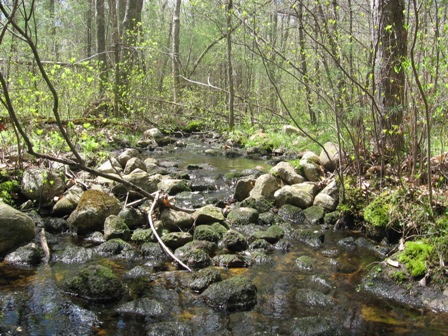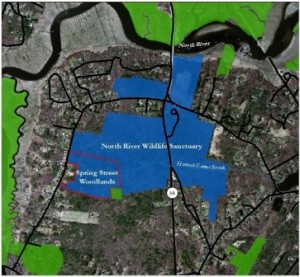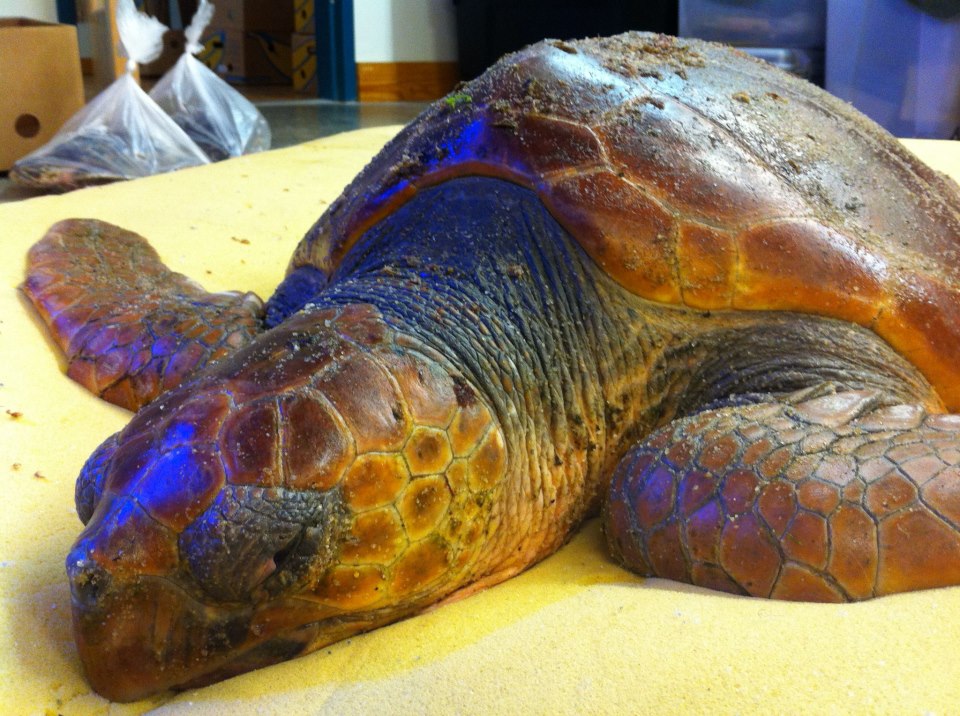 Thanks to an outpouring of support, Mass Audubon has raised enough funds to conserve the 31-acre Spring Street Woodlands property in Marshfield, officially adding it to North River Wildlife Sanctuary.
Thanks to an outpouring of support, Mass Audubon has raised enough funds to conserve the 31-acre Spring Street Woodlands property in Marshfield, officially adding it to North River Wildlife Sanctuary.
Before this achievement, Spring Street Woodlands, owned by the Hale family, was the largest parcel of unprotected land adjacent to the wildlife sanctuary. The forested property is also ecological diverse, providing a home to a range of native and rare species, from the red-backed salamander to mink to ruffed grouse. Adding the 31 acres to North River will create an uninterrupted corridor for wildlife to safely travel and thrive.
 The Spring Street Woodlands property also serves as the source of Hannah Eames Brook, an important freshwater stream that flows through North River Wildlife Sanctuary and into North River, the only state designated scenic and recreational river. By protecting the land, we can help ensure the high water quality of the brook for generations to come.
The Spring Street Woodlands property also serves as the source of Hannah Eames Brook, an important freshwater stream that flows through North River Wildlife Sanctuary and into North River, the only state designated scenic and recreational river. By protecting the land, we can help ensure the high water quality of the brook for generations to come.
This addition doesn’t just benefit wildlife and water quality. The existing informal network of well-used trails will remain open for neighbors and the community to enjoy.
“Conserving this land is incredibly beneficial to North River Wildlife Sanctuary, to the wildlife and flora in this area, and to our local community. I’m extremely appreciative that so many people acted so generously and thoughtfully to make this happen,” said Sue MacCallum, South Shore Sanctuaries Director.
To learn more about our land protection efforts like this one, visit our website.


